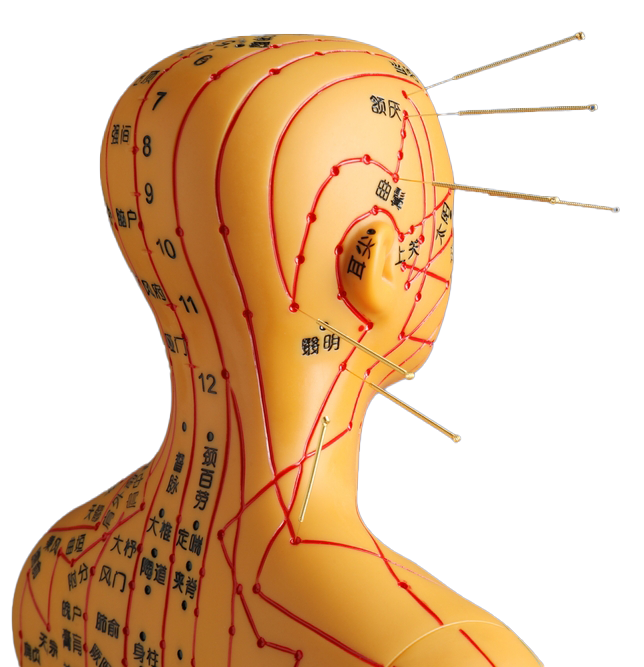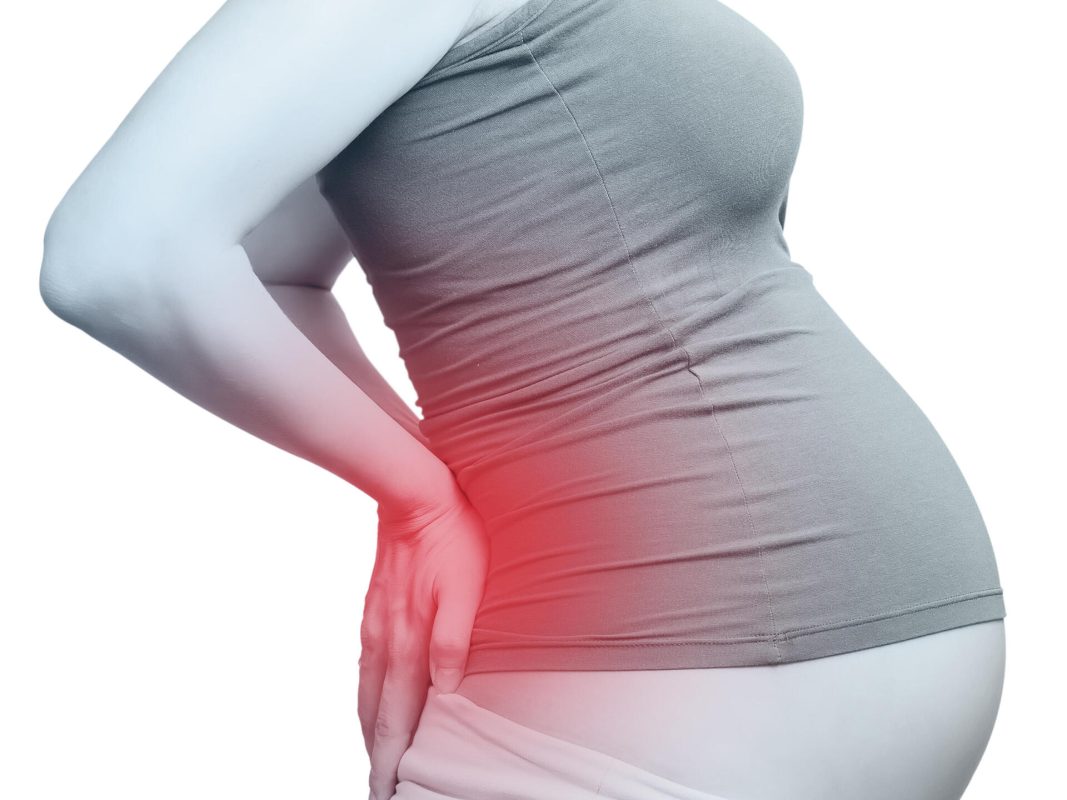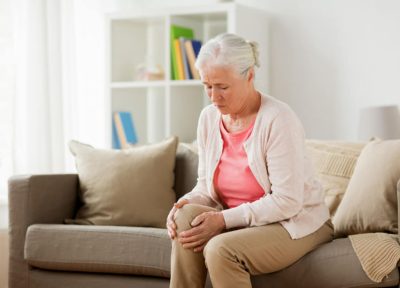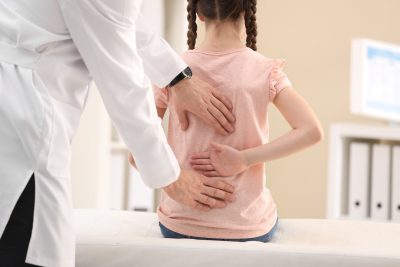- Facet joint Radiofrequency Thermocoagulation (RFT) Treatment
- Radiofrequency Thermocoagulation Dorsal root ganglion (DRG) radiofrequency thermocoagulation (RFT)
- Discitis Procedure
- Sacroiliac Joint Radiofrequency Treatment (Simplicity)
- In-Disc Ozone Therapy
- Nucleoplasty
- Transforaminal Injection (Pinpoint)
- Facet joint block
- Epidural Injection
Pain treatment during pregnancy
- Home
- Pain Management According to Patient Groups
- Pain treatment during pregnancy
Contents
Toggle- Creating an individualised treatment plan
- The role of different specialities (physiotherapist, orthopaedist, psychologist, neurosurgeon)
- Pain treatment during pregnancy
- Treatment of chronic pain in the elderly
- Pain management in children
- Stress management
- Healthy eating
- Ergonomic living arrangements
- Exercise and mobility
- Facet joint Radiofrequency Thermocoagulation (RFT) Treatment
- Radiofrequency Thermocoagulation Dorsal root ganglion (DRG) radiofrequency thermocoagulation (RFT)
- Discitis Procedure
- Sacroiliac Joint Radiofrequency Treatment (Simplicity)
- In-Disc Ozone Therapy
- Nucleoplasty
- Transforaminal Injection (Pinpoint)
- Facet joint block
- Epidural Injection
- Cancer pain
- Permanent Epidural / Spinal Port Application
- Vascular Port (Permanent Vascular Access)
- Trigeminal Nerve RFT
- Blockade of Ganglion Stellatum
- Lumbar Sympathetic Ablation
- Facet joint Radiofrequency Thermocoagulation (RFT) Treatment
- Radiofrequency Thermocoagulation Dorsal root ganglion (DRG) radiofrequency thermocoagulation (RFT)
- Hernia Burning (IDET)
- Discitis Procedure
- Sacroiliac Joint Radiofrequency Treatment (Simplicity)
- Permanent Epidural / Spinal Port - Pump System
- In-Disc Ozone Therapy
- Nucleoplasty
- Peripheral Nerve Block
- Transforaminal Injection (Pinpoint)
- Facet joint block
- Epidural Injection
- Intra-articular Fluid Treatment
- Dorsal root ganglion (DRG) radiofrequency thermocoagulation (RFT)
- Spinal cord stimulation (pain pacemaker)
- Ergonomic living arrangements
- Spinal cord stimulation (pain pacemaker)
- Nucleoplasty
- Radiofrequency ablation
- Herbal solutions
- Dry needle treatment
- Anti-ageing treatments
- Ozone therapy
- Cupping therapy - Cupping
- Mesotherapy
- Prolotherapy
- Acupuncture
- Stem Cell Therapy
- Nerve blockages
- Corticosteroid injections
- Massage and relaxation techniques
- Manual therapy
- Electrotherapy
- Neuropathic pain medications
- Anti-inflammatory drugs
- Muscle relaxants
- Painkillers (paracetamol, ibuprofen, etc.)
Pain treatment during pregnancyIt is a process that needs to be carefully planned to protect the health of the expectant mother and the baby. Pain during pregnancy may occur due to hormonal changes, weight gain and changes in body posture. However, it is very important that the methods to be used during treatment do not harm the baby. Below you will find comprehensive information about the treatment of pain during pregnancy.
1. Common Pains in Pregnancy and Causes
1.1 Headaches
- Hormonal changes, stress, disturbances in sleep patterns and thirst can cause headaches.
1.2 Back and Lower Back Pain
- As the uterus grows, the load on the spine increases and the posture changes.
- Hormonally relaxed ligaments and joints can trigger back and lower back pain.
1.3 Pelvic Pain
- Enlargement of the uterus and loosening of the pelvic joints can cause pain in the lower abdomen and groin area.
1.4 Muscle Cramps
- It occurs especially in the legs and is often caused by circulatory problems, electrolyte imbalances or magnesium deficiency.
1.5 Round ligament pain
- Sudden, sharp pains in the lower abdomen may occur as a result of stretching of the ligaments supporting the uterus.
2. General Principles for Pain Management in Pregnancy
- Goal: Maternal and Infant Safety
- Each treatment method should be chosen in consideration of its side effects on both the mother and the foetus.
- Preference for natural and non-pharmacological methods
- In the first stage, non-drug methods (such as physical therapy, position changes, massage) should be preferred.
- Caution in Drug Use
- Only medicines with proven safety should be used under the supervision of a doctor and in minimum doses.
- Multidisciplinary Approach
- If necessary, a holistic plan should be made in cooperation with the gynaecologist, physiotherapist and other specialists.
3. Pain Management Methods in Pregnancy
3.1 Non-pharmacological methods
- Rest and Change of Position
- A comfortable sleeping position (e.g. lying on your side, using a pillow between the knees) can relieve the pain.
- It may be useful to use a pillow that supports the back for back pain.
- Hot and Cold Applications
- Hot Application: With its muscle relaxant effect, it can be used in back, waist or abdominal pain.
- Cold Application: It can be applied especially in swelling or inflammatory processes.
- Massage Therapy
- It can especially help to relax the back, waist and leg muscles. Support can be obtained from a therapist specialised in pregnant massage.
- Exercise and Physical Activity
- Light aerobic exercises (e.g. walking, swimming) relieve back and lower back pain.
- Exercises adapted for pregnancy, such as yoga or pilates, support the pelvic area and reduce pain.
- Breathing and Relaxation Techniques
- Deep breathing and relaxation exercises relieve headaches, especially those caused by stress.
- Meditation and mindfulness provide both mental and physical relaxation.
- Posture Correction
- Changing posture during pregnancy can increase pain. It is important to take care to stand upright and not to stay in the same position for a long time.
- Back Supporting Apparatus
- Pregnancy corsets or pelvic girdles can relieve lower back and back pain.
- Foot Care and Support
- Orthopaedic shoes or insoles that support the arches of the feet can reduce leg and lower back pain.
3.2 Pharmacological Methods
Medication must be administered under the supervision of a doctor. Not all medicines are safe during pregnancy and certain medicines can only be used when necessary and with caution.
- Paracetamol (Acetaminophen)
- It is the most commonly used and proven safe drug for pain relief during pregnancy. It can be used in head, back and other mild to moderate pain.
- Non-Steroidal Anti-Inflammatory Drugs (NSAIDs)
- NSAIDs such as ibuprofen can be used with caution in early pregnancy. However, it is not safe after the 20th week of pregnancy because it may affect the baby's kidney function.
- Opioids
- In severe pain, e.g. after surgical interventions, opioids can be used for a short time and under the supervision of a doctor. However, the risk of addiction and foetal side effects must be taken into account.
- Local Anaesthetics
- Local anaesthetics such as lidocaine applied to painful areas are a safe option.
- Muscle Relaxants
- It can be used with doctor's advice and with caution. However, it varies depending on the period of pregnancy.
3.3 Alternative and Complementary Medicine Methods
- Acupuncture
- It can relieve pain with applications to certain points. It can be especially effective in back and pelvic pain.
- Aromatherapy
- The use of essential oils such as lavender or chamomile can provide relaxation. However, not all essential oils are safe in pregnancy; therefore, the choice should be made carefully.
- Reflexology
- It can reduce pain and stress by stimulating certain points on the hands and feet.
- Herbal Teas
- Herbal teas such as mint, ginger or chamomile can be effective for mild headaches and nausea. However, a doctor's approval must be obtained, as some herbs may increase the risk of miscarriage or premature birth.
4. Pain Prevention Strategies
- Balanced Nutrition
- A diet rich in calcium, magnesium and potassium can help prevent muscle cramps.
- Drinking plenty of water both prevents dehydration and supports muscle function.
- Regular Physical Activity
- Regular exercise can reduce the occurrence of pain by compensating for postural changes that occur during pregnancy.
- Sleep Position
- Sleeping on your side and using a pillow between the knees can prevent back and lower back pain.
- Stress Management
- Stress can increase the perception of pain. Yoga, breathing exercises or spending time in nature can reduce stress.
5. In which cases should a doctor be consulted?
- Severe and Persistent Pain: Especially in pain that does not go away with rest or aggravated.
- Accompanying Symptoms: Bleeding, high fever, nausea, dizziness.
- Sudden onset of pain: Especially if there is lower abdominal pain or severe pain in the pelvic area.
- Conditions Affecting Normal Life: Pain that prevents performing daily activities.
Summary
Pain management in pregnancy should be planned carefully, prioritising the health of both mother and baby. While safe painkillers such as paracetamol are used, non-pharmacological methods (exercise, massage, hot-cold application) should be preferred. In case of chronic or worsening pain, it is important to seek the help of a doctor or specialist. A balanced diet, regular physical activity and attention to sleep patterns can prevent pain to a large extent.
Our treatments
- Home
- Pain Management According to Patient Groups
- Pain treatment during pregnancy




